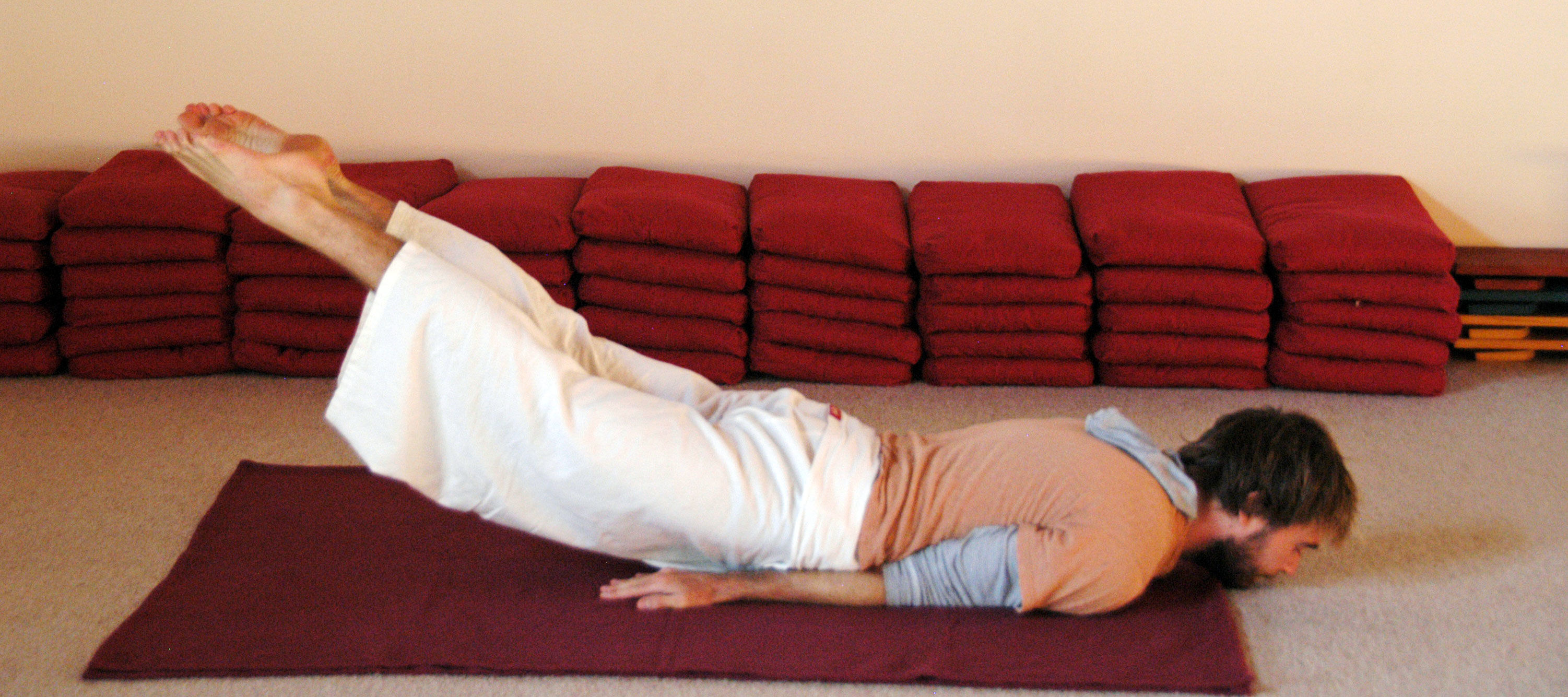
Branches of Yoga
The four main spiritual paths for realisation are Karma Yoga, Bhakti Yoga, Raja Yoga and Jnana Yoga.
- Karma Yoga is suitable for those with an active temperament,
- Bhakti Yoga, for those with a devotional temperament,
- Raja Yoga, for those with a psychic, mystic temperament and
- Jnana Yoga for those of rational and philosophical temperament.
However, all anga's - branches need to be integrated to achieve and harmonise one's personal aspirations and goals and one's worldly life.
Swami Sivananda
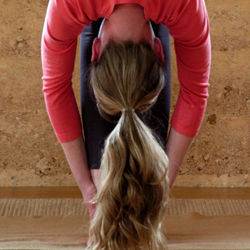 Hatha Yoga
Hatha Yoga
Hatha Yoga is primarily concerned with bodily purification practices which tranquilize the mind and discipline the body.
Hatha Yoga is based on the principle that one can become aware of higher states of mind by manipulating the different forces and systems in the physical body.
Hatha Yoga considers the body as the temple of the soul and as such should be kept in good condition.
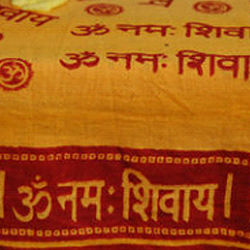 Mantra Yoga
Mantra Yoga
Mantra is chanting or repetition of sounds which have an effect on the mental and psychic consciousness of man.
This is a powerful way of approaching meditational states, for the mind is rendered calm and at the same time concentrated on the mantra.
 Karma Yoga
Karma Yoga
This is the yoga of dynamic meditation or action performed with meditative awareness.
Karma Yoga is doing work with complete awareness but without attachment to the fruits or outcome of the work. The work is the end in itself, not the means to attaining some reward, payment etc.
It is selfless work. It is work in which one loses identity with one’s ego.
One merely becomes an instrument.
Karma Yoga is being aware of how / why we interact with the external environment, becoming aware of our karmas and their influence, and maintaining equilibrium, positive inputs in life and freeing ourselves from negative tendencies.
Bhakti Yoga
...is the path of devotion. It is generally devotion to the supreme consciousness in one of its many manifestations…..
Instead of directing attention to an impersonal form of consciousness, as in Raja Yoga and Jnana Yoga, attention is directed to something more tangible and concrete.
How does Bhakti Yoga bring about states of meditation?
The answer is that a person who feels devotion automatically concentrates their mind.
Swami Satyananda
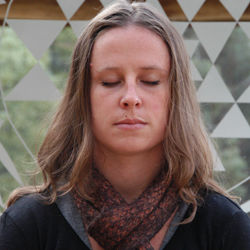 Raja Yoga
Raja Yoga
Raja Yoga is the most systematic method of attaining states of meditation. It is the path of meditation which maps the subtle states of consciousness.
The process allows practitioner to enter into the realm of psychic consciousness, to discover the dormant areas of the mind and the consciousness.
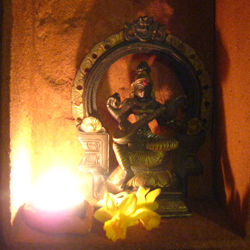 Jnana Yoga
Jnana Yoga
Jnana Yoga is known as the yoga of knowledge and wisdom.
….means the process of meditative awareness which brings us closer to our inner nature and gives birth to our intuitive faculties.
...the removal of speculative knowledge… is the aim of Jnana Yoga and …
to have experiential knowledge which is your own understanding and experience.
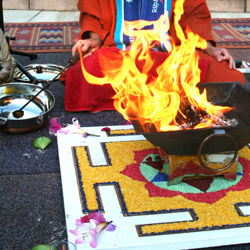 Havan
Havan
Havan (fire ceremony) and Mahamrityunjaya (healing mantras) are chanted for the sankalpa of peace, plenty and prosperity, health and happiness for all people and the environment.
The ideal place for your first or next retreat
Welcome to get in touch with us
Quick Links
Retreats

Rocklyn Yoga Ashram, operated by Yoga Association of Victoria Inc. as an autonomous entity, remains committed to the tradition of Satyananda Yoga and continues the teachings of the Satyananda system of yoga.


